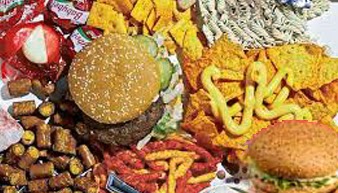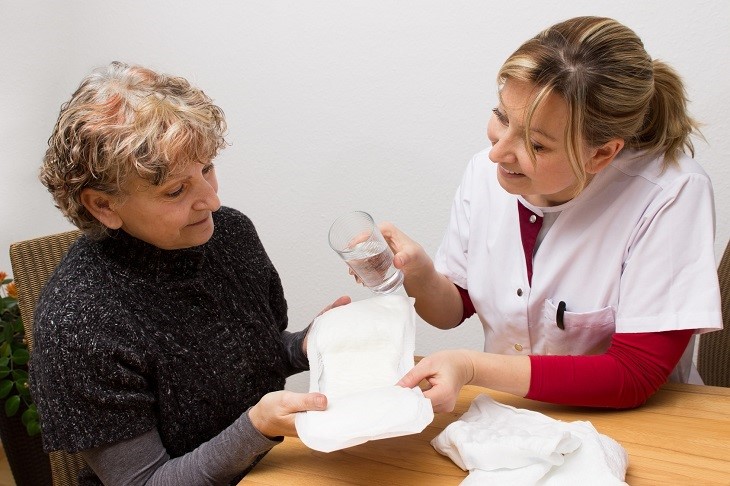Table of Contents
Breastmilk for kids
Breastmilk is an elixir for a baby, a miraculous perfect blend of all required nutrition with almost 100% digestibility, always fresh, perfectly clean, just at the right temperature and is a healthy choice at the minimum cost.
As per WHO, the baby should be exclusively breastfed till six months of age, and introduce solid food gradually. Should also continue breastfeeding till 2 years or longer if the mother and child are willing.
However, there is a majority of mothers too, who somehow, for various reasons are not able to continue breastfeeding but still want to provide all the benefits of breast milk to their babies. For these women, expressing milk is a better option.
Expressing of breast milk is simply a way of taking milk from the breast without suckling by the baby. In the past, expressed breast milk feeding was predominantly for those infants who were premature, small or unwell; however it has become increasingly common for healthy full-term infants nowadays.
What is Expressed Milk?
Expressing milk is squeezing milk out of the breast, without latching baby to the breast. This is the best way of storing breast milk that can be stored and fed to the baby on demand.
Benefits of Expressing Milk
- Breastfeeding is a tedious job. Expressing milk gives you the liberty to feed your baby as per his/her demand that too at your own comfort and ease.
- Preterm babies who are not able to feed properly, this is a boom.
- This is beneficial for those who are too weak to suck milk out of the mother’s breast.
- Expressing milk can be really helpful for mothers who have problems associated with breastfeeding like sore nipples, mastitis (inflammation of breast tissues), engorged breasts( Painfully hard and full breasts).
- Expressing milk makes it possible for another person i.e father, grandparents, nanny to feed the baby. The mother needs to be round the clock to feed.
- Expressing milk can be beneficial for mothers who face physical limitations (Obesity, overweight, big breast) to breastfeed baby comfortably.
- Stored milk can be used for an emergency supply. This would also decrease the problem of women who feel embraced to feed in public.
- Expressing milk can alleviate your concern with oversupply or under-supply of milk. This way you can keep track of baby’s actual milk requirement. Since the use of breast pumps twice daily for two weeks in addition to ordinary breastfeeding raises milk production by an average of 175 mL/day for mothers who already have a good milk supply.
How to Express Breast Milk?
There are two ways to express milk:
- Manual by hand
- Using breast pumps (manual or electricity or battery operated)
Manual Milk Expression
In this method, milk is expressed by squeezing breast with hands. Special hand movements can empty breast efficiently. It is an economical way to feed your baby as you do not need to procure extra gadgets.
However, manual expression requires practice and patience, sometimes it can be really tiring deal taking 20-30 minutes for collection of sufficient quantity of milk.
Breast Pump
- Breast pumps – manual, electricity or foot driven are suction devices, generate an outward force (negative pressure) which sucks out milk from the mother’s breast.
- Breast pumps may be bilateral or Electric pumps are powered either by direct electrical current or by the battery.
- Breast pumps with undersized or over-sized shields as compared to the nipple and areola of the mother have an inefficient fit which can cause trauma to the nipple.
- Time of day you pump milk effects the quantity of milk. The highest volumes of milk are expressed from 6 a.m. to noon and lowest volumes expressed from 6 p.m. onward.
Hands-on Pumping
Precautions Before Expressing or Handling Breast Milk
- Wash your hands before expressing milk to avoid the chance of any contamination. If soap and water are not available, use an alcohol-based hand sanitizer that contains at least 60% alcohol.
- Make sure that the breast pump is clean, free of germs before and after every pumping session, wash the flanges and bottles with hot soapy water, tubing of the pump should not be wet.
- Make sure to sanitize the storage bottles and flange once a day. You can do this in the dishwasher or
by boiling the parts for 20 minutes in a pot of water. If you have hard water, add 1 to 2 tablespoons of white vinegar to prevent mineral deposits from building up on the kit.
How to Store Expressed Milk?
- Always choose glass or BPA free hard plastic containers and sterile Plastic bags sold for this purpose only. Expressed milk should not be stored in the kitchen cabinets
in disposable bottles or feeding bottles or plastic bags designed for general household use. - Clean the containers and pump regularly.
- Do not fill the storage containers till brim, as milk expands upon freezing.
- If milk is not intended for immediate use, clearly label the storage containers of expressed breast milk with accurate date and time and place them in the without losing time. Use the bottles as per their dates.
- Use last dated containers first. Discard milk from the bottles beyond the recommended time of storage.
- Store milk in the refrigerator. Milk stored at a cool place can be used up to 8 hours. Milk stored at 4-degree Celsius is safe to use within 4-5 days (3 days, optimum time). Freezing can increase the longevity of milk for up to 6 months. If you want to take milk container with you, take it along with ice pack and use this milk in no more than 24 hours time.
Safe Thawing of Breast Milk
- Always bring the temperatures milk to room temperature before feeding the baby.
- Refrigerated or Frozen milk can be thawed slowly in a refrigerator, by placing containers in a water bath (≤ 37°C) or under running lukewarm water for rapid thawing.
- Do not thaw milk in a microwave oven. Microwaves do not heat evenly, create hot spots which may burn baby’s mouth.
- Do not directly boil breast milk, it can cause significant nutritional damage to milk.
- Once thawed, refrigerated milk should be consumed within 2 hours.
- After being thawed frozen milk can be kept in the refrigerator for a maximum duration of 24 hours.
- Temperature changes while opening and closing door of refrigerator or freezer can affect the nutritional value of stored milk, so put the containers on shelves rather than the door.
- Do not mix and unused milk with the freshly expresses expressed milk.
- Throw away the leftover over milk. Do not boil or refreeze it.
- Some mothers have a high level of lipase enzyme and their milk may smell and taste soapy when
thawed. This milk the is not harmful, but the baby may sometimes refuse it.
Does the Quality of Breast Milk Deteriorate?
Without any doubt, Fresh breast milk is always superior when compared to stored milk. Two main concerns associated with expressing and storing breast milk are:
- The decrease in the nutritional content
- Risk of bacterial contamination.
There is a generally low risk of pathogen transmission via breast milk, but, everything needs to be weighed on the balance of benefit/risk ratio. Expressed milk is far more superior than infant formulas.
A total number of bacteria will be less at six hours than they were at the time of pumping because of the protective qualities in the milk, which suppress bacterial growth. On the other hand, the enzymes decline later and bacterial counts also start to rise.
Short-term refrigeration is generally acceptable for storage and transport. Freezing is often safe but causes degradation of immunological components. Thawing stored breast milk decreases fat (decrease energy) content, certain vitamins (vitamins C, B6 and folacin: heat labile), cellular and host defence properties of the milk. The lactose and protein content remains relatively constant.
Antioxidant activity has been found to decrease upon storage beyond 48 hours. Refrigeration is better than freezing and thawing.
In storage fat of the milk can adhere to plastic container and tubing, and cellular components to the glass. When brought to room temperature, fat is broken down to triglycerides which change the pH of milk and turn it sour.
Thawing frozen breast milk by leaving it in refrigerator compartment the night before is a better method to preserve quality and energy than warming by placing in warm water.




